Lighting requirements for growing cannabis are an important part of a good harvest, and most cannabis growers know this. However, there’s more to know than just the 18/6 and 12/12 cycles. Throughout the typical day, the sun’s light varies in wavelength and intensity in ways that plants can sense with an internal mechanism known as the circadian clock.
Circadian rhythms in plants
The Ancient Greek natural scientist Androsthenes first noted (c. 4thCentury BCE) circadian rhythms in Tamarindus indica, whose leaves noticeably curl and uncurl each day with dawn and dusk. However, at the time it was believed that plants were simply reacting to environmental cues such as changes in temperature or daylight.
Centuries later, it was observed that many of these rhythms didn’t correspond precisely with the length of the day (hence ‘circadian’, which translates to ‘approximately daily’) and that an endogenous ‘clock’ controlled the rhythms irrespective of environmental cues.
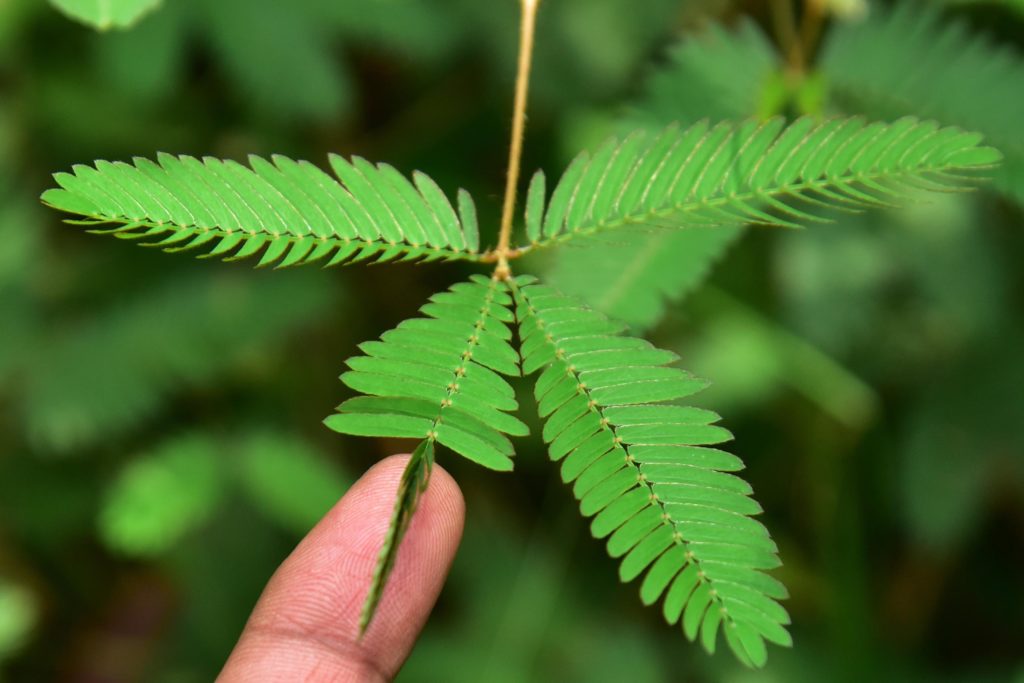
For example, the French astronomer de Mairan noted in 1729 that the leaves of Mimosa plants continued their daily movements even in total darkness. Numerous experiments which have grown plants in controlled environments have demonstrated that they continue to express circadian rhythms even in the absence of familiar external stimuli.
The importance of exogenous stimuli
However, while plants may have an internal timekeeping mechanism controlling various aspects of their development and behaviour, they also rely on environmental cues to varying extents. There are multiple genetic mechanisms involved in circadian rhythms, some of which work in direct response to external cues.
These genetic mechanisms include things like photoreceptor pigments that directly respond to light, and some of which appear to depend entirely on the internal ‘clock’. These genes (or gene groupings) work together to fine-tune a plant species’ typical, everyday behaviour.
Research has clearly indicated that when plants are grown in conditions that deviate from the natural cycles of the habitat they’re adapted to, they suffer in terms of health, productivity and reproductive fitness.
A study published in 2005 compared mutant Arabidopsis thaliana plants that expressed abnormal circadian rhythms with normal wild-type specimens. It found that plants with circadian rhythms matched to their environments produced more chlorophyll, grew more rapidly, sequestered larger amounts of carbon, and generally survived better than plants whose circadian rhythms didn’t match their environment.
Wavelength and light intensity
It’s well-known among cannabis growers that blue (shorter wavelength) light is associated with the vegetative period (spring/summer for outdoor growers) and red (longer wavelength) light is associated with the flowering period (late summer/autumn).
In nature, this phenomenon is determined by the Earth’s rotation and orbit around the sun, which as it varies, causes the sun’s rays to strike the Earth’s surface at gradually changing angles. While the sun’s radiation remains generally consistent, the Earth’s atmosphere reflects and scatters a certain amount of it which varies with the angle of incidence.
Angle of incidence equates to angle of reflection, and as the angle of incidence increases, the bandwidth of light reflected also increases. This results in shorter wavelengths being more readily scattered than longer. Thus, when the angle of incidence is at its smallest (at the summer solstice), the widest bandwidth, including a greater proportion of blue light, is able to penetrate the atmosphere and reach the Earth’s surface.
When it’s at its largest (at the winter solstice), longer wavelengths penetrate more easily while shorter wavelengths are more heavily reflected. This effect is generally imperceptible to humans, as the overall appearance of the sky is always blue, but it appears that plants do respond to these subtle seasonal variations in daylight composition.
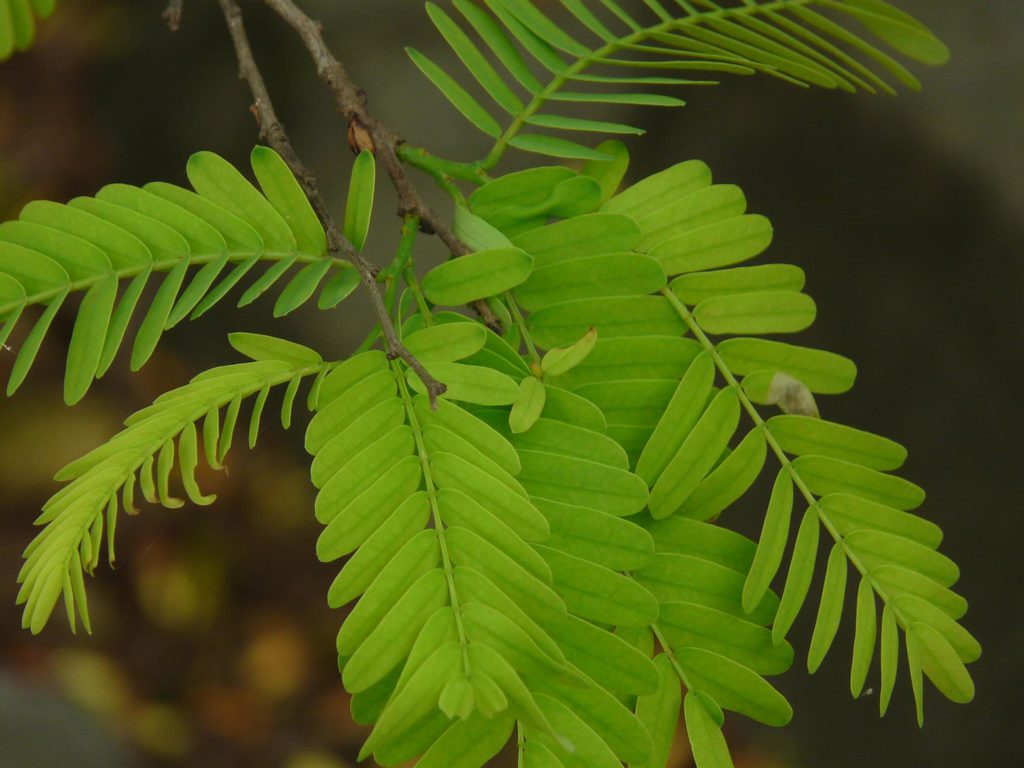
Diurnal wavelength and intensity variation
The sun’s angle of incidence varies not only seasonally, but also diurnally. At dawn and dusk, the angle of incidence is large, causing the sky to appear redder (the angle of incidence also increases with latitude. At the equator, dawn and dusk take less time to complete and the reddening effect is less visible). The angle of incidence at noon is at its lowest, and daylight appears whiter as it contains more blue light.
Due to this phenomenon, light intensity at the Earth’s surface also varies accordingly, both seasonally and diurnally. Thus, noon around the time of the summer solstice will experience the greatest light intensity and noon during the winter solstice will experience the lowest. A calculator for diurnal variation in light intensity according to date and latitude can be found here.
Duration of twilight
Research into model plant species has indicated that rather than simply responding to a change in light intensity, some plants actually anticipate sunrise, based on the time since nightfall, total hours of darkness, and duration of dawn. For example, Lavatera cretica leaves track the sun across the sky, and reorient themselves during darkness to face the anticipated direction of the rising sun.
Tracking the sun’s apparent movement is an example of phototropism (movement in response to light), and cannabis also displays this behaviour.
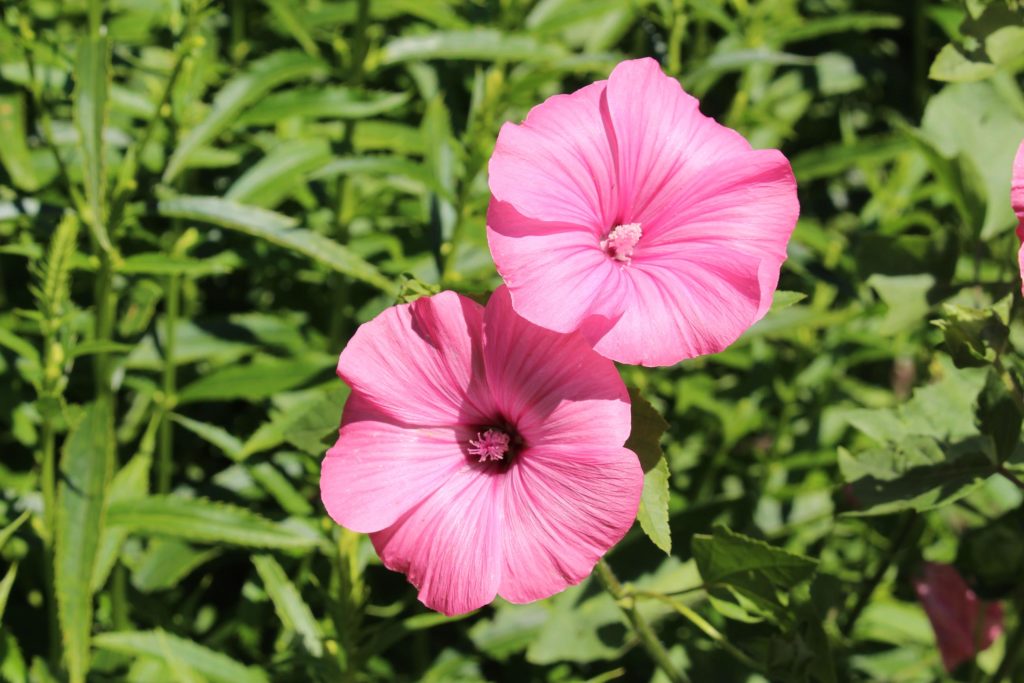
In natural environments, twilight (more specifically, civil twilight, where light intensity is still sufficient for photoreceptors to sense) takes some time to occur, depending on latitude and time of year. Genetic interactions determining circadian rhythms in plants are highly complex; gradual change and ‘thresholds’ of temperature, light intensity and spectrum are crucial to the process.
Thus, the twilight period represents an important stage of the diurnal cycle for many plants, particularly those habituated to higher latitudes. Providing such plants with a defined twilight period at dawn and dusk may increase their overall health and reproductive fitness.
Angle of incidence
The duration of twilight depends on the sun’s angle of incidence (the angle at which its rays strike the Earth’s surface) and varies according to latitude and season. At the equator, where the angle of incidence is smaller, duration of twilight varies far less than at higher latitudes. There, dawn and dusk usually last around 23 minutes; at 60°N/S, twilight lasts around 1 hour 45 minutes at the summer solstice and around 50 minutes at the winter solstice.
A twilight duration calculator can be found here.

The response to these variations is one of the many variables involved in a plant’s adaptation to a certain habitat, and mimicking it as precisely as possible will increase an indoor plant’s chance of success and optimise results. While the precise nature of the complex interactions at work in plants isn’t fully understood, research has shown that in green plants, twilight triggers the expression of a particular gene known as Athb-2. This gene is sensitive to changes in the ratio of red and far-red light.
Photoperiod-dependent plants (including most varieties of cannabis) gain information about day length by sensing the slight daily change in the time of dawn and dusk. When a certain threshold has been reached, genetic triggers to flowering are transmitted. While a sudden, abrupt change in photoperiod will trigger flowering, there are indications that matching the seasonal variation in daybreak and onset of dusk can also help to improve the yield and overall health of indoor plants.
How can this information be implemented?
Most cultivated cannabis varieties are hybridised many times over, with traits becoming dominant due to human selection. As such, they haven’t naturally adapted to a habitat, as is the case with the landrace varieties they ultimately descend from.
Generally, humans select for specific traits such as yield, fragrance, potency, flower density and resistance to pests and diseases; traits associated with circadian response are generally overlooked, meaning that indoor hybrids may express various phenotypes even if breeding true for other traits. Despite this, experimentation with various strains may yield improved results if the right combination of variables can be found.
When attempting to grow landrace genetics in an indoor environment, tweaking the lighting regime until it mimics that of the plant’s natural habitat could theoretically be quite straightforward. Light cycles vary according to latitude and season, and there are various ways to calculate the time and duration of daybreak and nightfall on a given day in a given location. There are even various online calculators available.
Lights to precisely mimic daylight variation
However, lighting systems that afford such a fine degree of control are rare. For most indoor cannabis growers, lights are timed to switch on and off at exactly the same time every day. Most indoor lighting systems switch on and off rather rapidly—even an HPS light usually reaches full brightness within a few minutes—compared to the gradual onset of dawn and dusk found in a natural, outdoor environment.
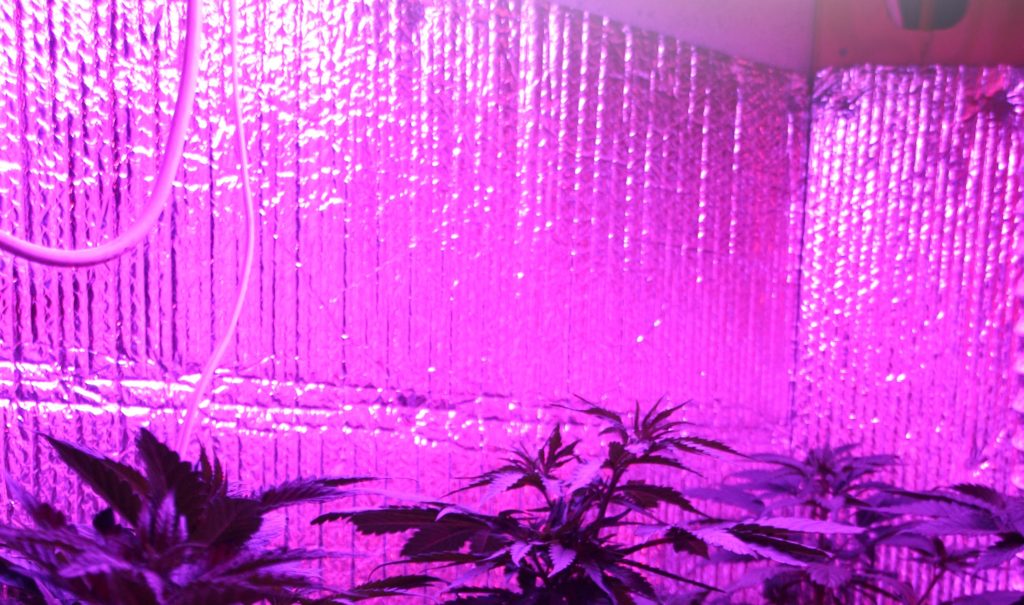
Once full light intensity is reached, there’s no variation until the light is switched off, and onset of dusk is then even more rapid than onset of dawn. There is also little variation in spectrum as would occur in natural daylight conditions.
Some lighting systems which afford a degree of control are available. Some advanced LED lighting systems, such as the Intelligent-Gro LED Intensity Series, contain programmable elements to simulate sunrise and sunset, as well as provide the ability to fine-tune lighting cycles based on intensity and spectrum variation at specific latitudes and times of year. These elements may be programmed manually for precise control, and pre-programmable modes are available to replicate sunrise and sunset, moonlight, and cloudy days.
Such LED systems allow for fairly precise control over spectrum, as it comprises three colour channels (red, blue, and white) that can be controlled independently to alter the overall ratio of red and blue light. While this is beyond the capabilities of most HPS, metal halide or CFL lighting systems (although CFL systems with control over warm white and bright white ratios could be realised), there are some control systems that at least allow for programmable diurnal variation in light intensity. Lighting systems such as these could potentially be supplemented with LEDs to provide changes in ratio when needed.
- Disclaimer:Laws and regulations regarding cannabis cultivation differ from country to country. Sensi Seeds therefore strongly advises you to check your local laws and regulations. Do not act in conflict with the law.







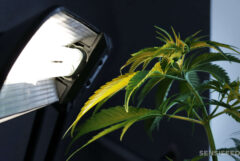



Fantastic write-up!
With a backround in commercial outdoor, I absolutely noticed, and even commented and discussed the issues of dawn and dusk on plant growth. I was at a northern latitude, coastal range forest, where my site was in shade for roughly 4 hours in the morning, 2.5 hours at nite into sunset and magic hour!
The site was very strategically located, just below a west facing Ridgeline, roughly 10 hours of hard sun. Fantastic, overgrown, full bodied product.
Was not aware that LEDs were that programmable, that sounds awesome, but spendy.
Can’t beat outdoor, tho been doing both recently.
KUDOS
I have a string of light tired into a dimmer switch etc. But only one set of bulbs begin to illuminate at a time at a certain rate of wattage. Slowly but surely total wattage is reached and all lights are at max capacity. After approximately 14 hours the system behind a reverse cycle dimming.. From the direction it started to illuminate. Temp and humidity automatically change with the less light temps cool and humidity rises. Took me a year to design and find everything for this. Lots of experiments and wiring trials and errors.
I have been working with different variations of cfl lighting. Just put together a hood using 7 bulbs on 3 timers. It seems according to this I have my spectrums reversed and at “high noon” it will be more red than blue. Am just trying something new, will see what happens. great article thanks for the info.
Thanks for your feedback… let us know how you get on!